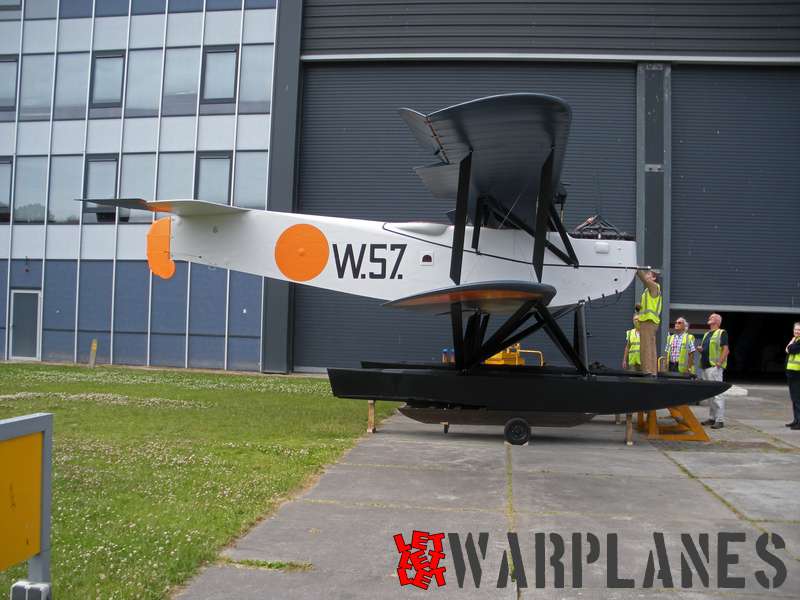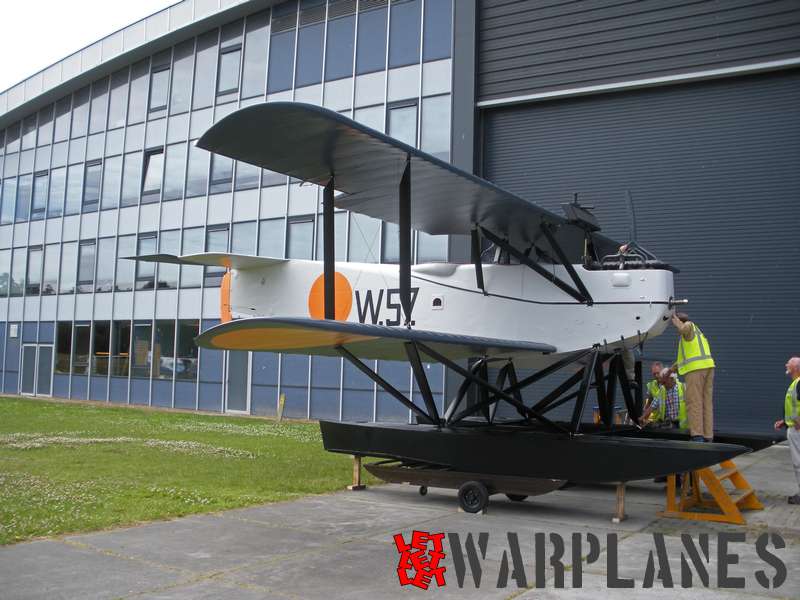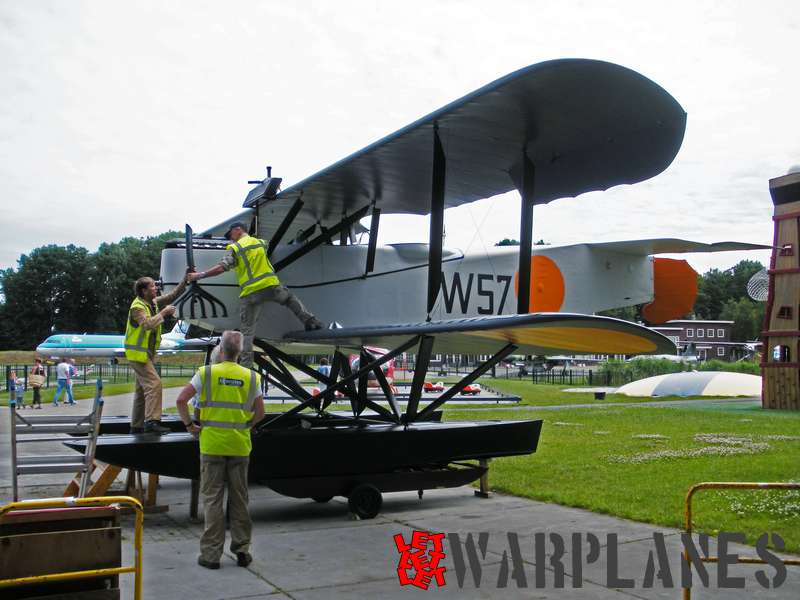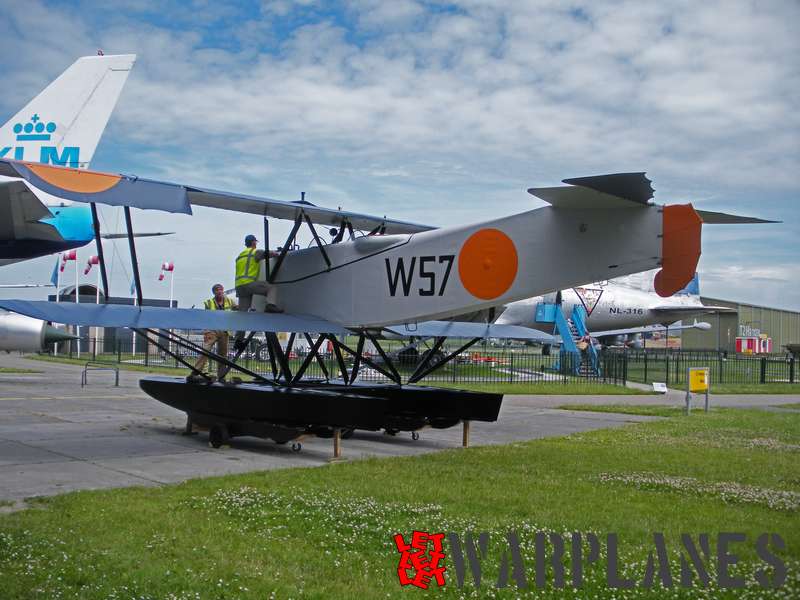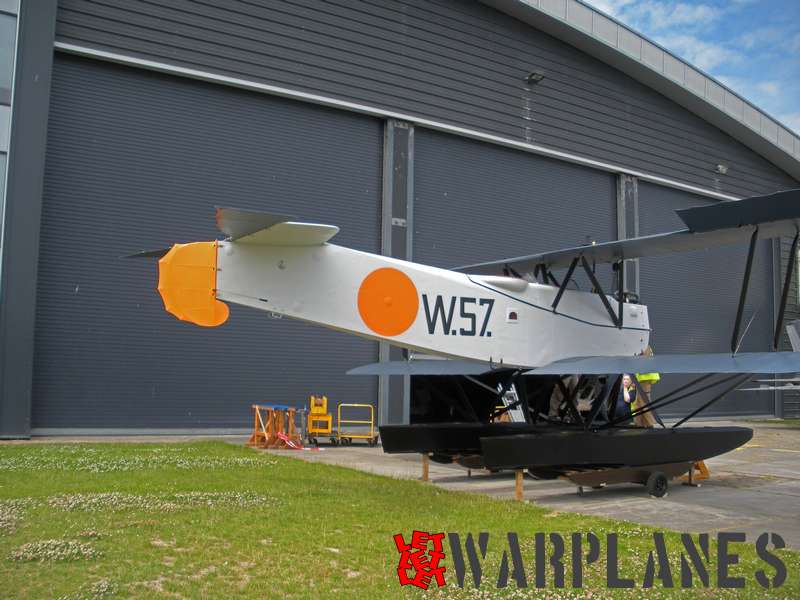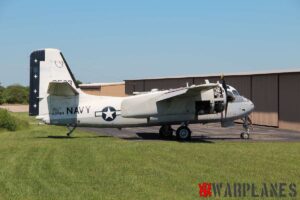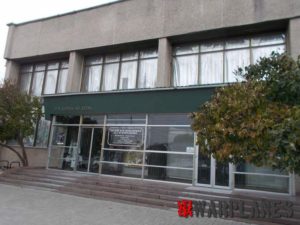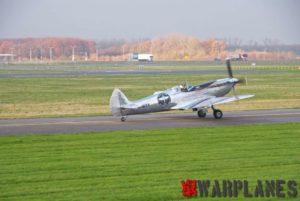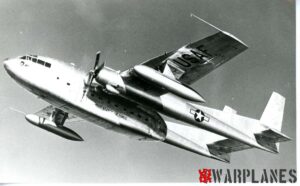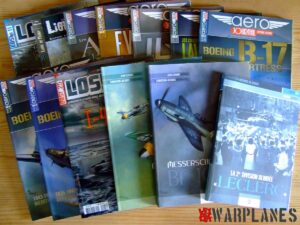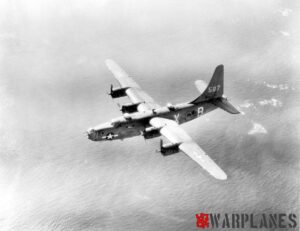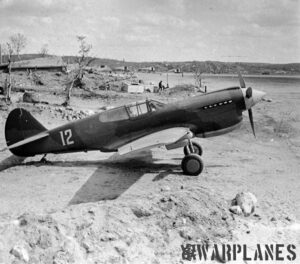Van Berkel W-A at Aviodrome
A little known Dutch aircraft manufacturer was ‘N.V. Van Berkel’s Patent’; simply abbreviated to ‘Van Berkel’. Originally active as a manufacturer of industrial weighing and cutting equipment, the company started an aircraft manufacturing division in 1918 for the design, construction and supply of a number of floatplanes for the Dutch naval air service M.L.D. (‘Marineluchtvaartdienst’). Designated as the Van Berkel W-A, it was a design grossly based on the German Hansa-Brandenburg W.12, one of the German types interned during the First World War.
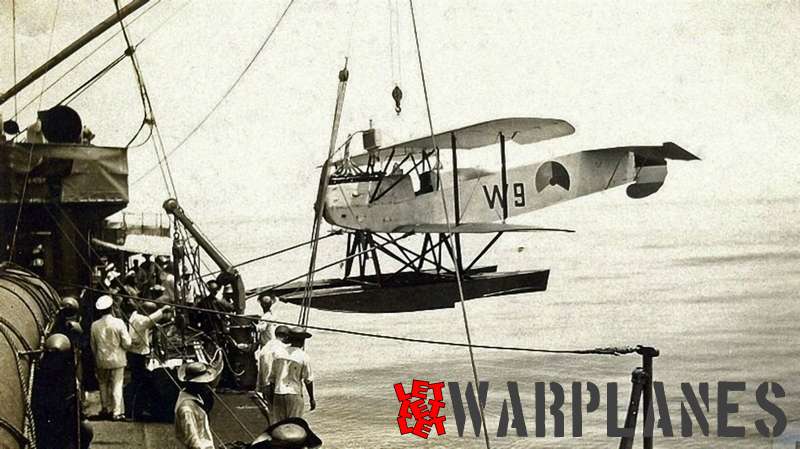
For the M.L.D. Van Berkel manufactured a total of 40 for use in the Netherlands and in the Netherlands East Indies. Registration numbers were W1 to W20 for use in the Netherlands and W51 to W70 for use at the overseas colonies.
They were used as naval fighters, but since their performances were mediocre, the type was not a great success.
Also a larger version with a more powerful engine, known as the Van Berkel W-B never was a great success and the Van Berkel aircraft division was already closed in 1921.
Of this rare type nothing has been left; a good reason for the Aviodrome museum at Lelystad airport to build a 1:1 scale model from steel tube, wood and fabric. Last week (on 27 June 2017) the completed model was transferred from the T2 hangar where it was built to the large museum hall as part of the 100-years M.L.D. memorial exhibition.
This was a very nice occasion to make pictures of this model when it was built-up for final display.
Technical details of the Van Berkel W-A:
Power plant: Mercedes liquid-cooled engine og 160-185 hp
Wing span: 11.2 m
Length: 9.6 m
Height: 3.3 m
Wing area: 35.3 m3
Empty weight: 997 kg
Loaded weight: 1454 kg
Max. speed: 155-160 km/h
Stalling speed: 80 km/h
Range: ca. 650 km
Armament: two fixed forward firing Spandau machine guns and one flexible mounted Parabellum machine gun in the rear of the cockpit
Nico Braas

